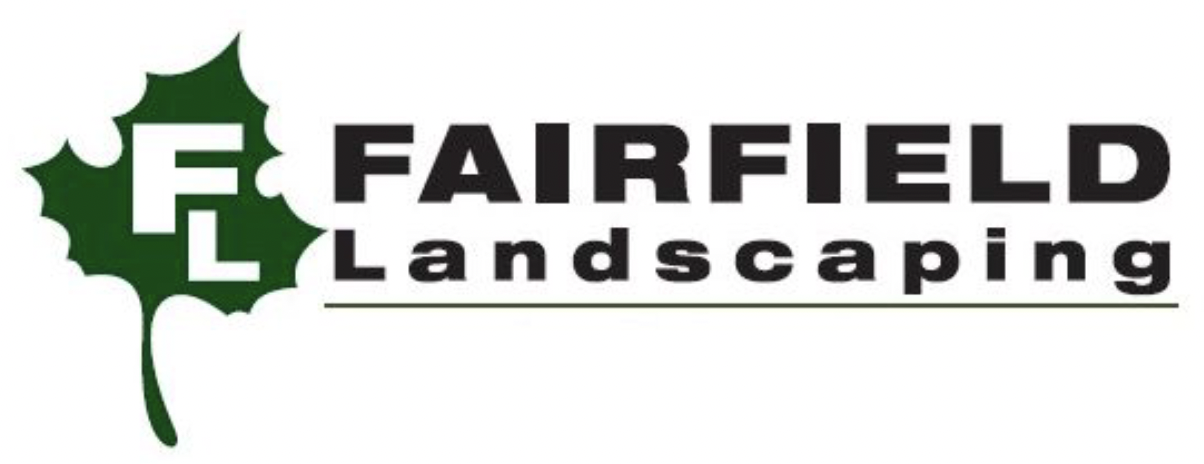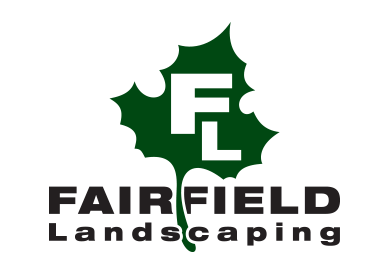Prune Perfection: Your Guide to Shrub and Tree Trimming
Pruning might seem like a daunting task, but it's a crucial aspect of maintaining healthy, vibrant shrubs and trees. With the right knowledge and techniques, you can transform your landscape into a masterpiece. Let's dive into the world of pruning and discover the secrets to achieving a thriving landscape.
Understanding the Art of Pruning
Pruning is the practice of removing unwanted branches or shoots from plants to encourage growth, shape, and overall health. It involves a delicate balance between removing dead, diseased, or crossing branches while preserving the plant's natural form. While it may seem simple, improper pruning can cause more harm than good.
The timing of pruning is essential. Different plants have specific pruning requirements based on their flowering cycles and growth patterns. Generally, late winter or early spring is the ideal time to prune most shrubs and trees. However, there are exceptions, such as spring-flowering shrubs, which should be pruned immediately after blooming.
Essential Pruning Techniques
There are three primary pruning techniques: heading back, thinning out, and rejuvenation pruning. Heading back involves shortening branches by cutting them back to a bud or a pair of leaves. This method is often used to shape hedges or encourage denser growth. Thinning out involves removing entire branches back to their origin, improving air circulation and light penetration within the plant. Rejuvenation pruning is a drastic measure used to revitalize old or overgrown shrubs by removing a significant portion of the plant.
It's important to use sharp, clean pruning tools to avoid damaging the plant. Making clean cuts just above a bud or outward-facing branch will promote healthy growth. Avoid leaving stubs, as they can become entry points for diseases.
Common Pruning Mistakes to Avoid
While pruning can be beneficial, it's easy to make mistakes that can harm your plants. Here are some common errors to watch out for:
Over-pruning: Removing too much foliage can weaken the plant and make it susceptible to diseases.
Incorrect Timing: Pruning at the wrong time of year can affect flowering, fruit production, and overall plant health.
Improper Cuts: Making cuts too close to the trunk or leaving stubs can damage the plant.
Neglecting Tools: Dull or dirty pruning tools can spread diseases.
By understanding these mistakes and following proper pruning techniques, you can avoid damaging your plants and achieve the desired results.
When to Call a Professional
While many pruning tasks can be handled by homeowners, some situations may require the expertise of a professional landscaper. Complex pruning jobs, such as shaping large trees or removing hazardous branches, should be left to professionals with the necessary equipment and experience.
A professional can also assess the overall health of your plants and recommend appropriate pruning strategies. If you're unsure about how to prune a particular plant or if you have a large or complex landscape, it's always a good idea to consult with a qualified arborist or landscaper.
By following these guidelines and seeking professional help when needed, you can master the art of pruning and enjoy the beauty of a well-maintained landscape.
Let’s talk more about your landscaping goals - https://bit.ly/3PKcWug


